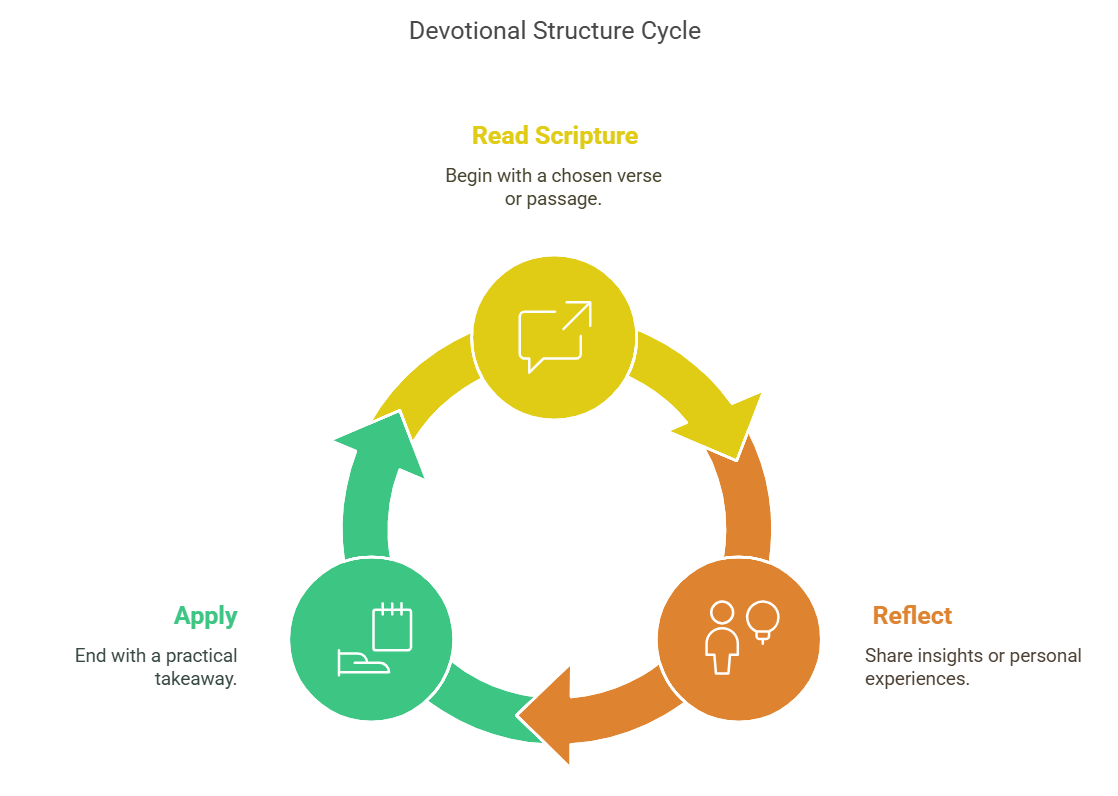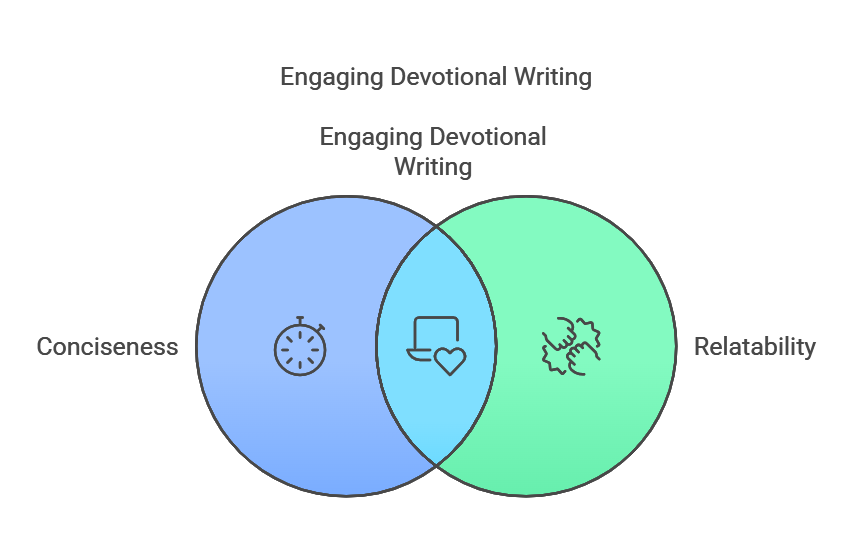Crafting Daily Devotionals: A Guide to Inspiring Your Online Community
In the hustle and bustle of modern life, finding time for spiritual reflection can feel like a challenge. Yet, daily devotionals offer a powerful way to reconnect with God, find encouragement, and grow in faith. For Christian communicators, crafting devotionals is not just about creating content—it’s about offering your audience a moment of peace, guidance, and inspiration amid their busy lives.
Whether you’re a pastor looking to extend your sermons beyond Sunday or a Christian writer wanting to encourage others, daily devotionals are an excellent tool for fostering spiritual growth and building an engaged online community. In this blog post, we’ll explore the art of crafting devotionals that resonate deeply with your audience. You’ll learn how to structure them effectively, integrate scripture meaningfully, and deliver them across digital platforms for maximum impact.
Why Daily Devotionals Matter
Daily devotionals are more than just short reflections—they are lifelines for spiritual nourishment. They provide consistent opportunities for believers to pause, reflect on God’s word, and draw closer to Him.
Encouraging Consistency in Faith
Daily devotionals help readers establish a routine of spending time with God. This consistency builds spiritual discipline and keeps faith at the forefront of their lives.
Example: A morning devotional can set the tone for the day, reminding readers of God’s promises before they face challenges or decisions.
Offering Hope and Guidance
Devotionals often address real-life struggles—anxiety, doubt, or weariness—through the lens of scripture. They provide encouragement and practical advice grounded in God’s truth.
Example: A devotional based on Philippians 4:6-7 (“Do not be anxious about anything…”) can bring peace to someone overwhelmed by worry.
How to Craft Compelling Daily Devotionals
Creating impactful devotionals requires intentionality. Each piece should be concise yet meaningful, offering readers a clear takeaway they can apply to their lives.
Start with Scripture
Every devotional should be rooted in God’s word. Choose a verse or passage that aligns with the theme you want to explore.
Example: If your theme is gratitude, you might use 1 Thessalonians 5:18 (“Give thanks in all circumstances”).
Use a Simple Structure
Organize your devotional into three parts for clarity and flow:
Scripture: Begin with the chosen verse or passage.
Reflection: Share insights or personal experiences related to the scripture. This is where you connect the verse to everyday life.
Application: End with a practical takeaway or action step, such as a prayer prompt or journaling question.
Example Structure:
Scripture: Matthew 11:28 (“Come to me, all who labor and are heavy laden…”).
Reflection: Discuss how Jesus invites us to rest in Him during stressful times. Share a personal story of finding peace through prayer.
Application: Encourage readers to spend five minutes in quiet prayer today, surrendering their burdens to God.
Making Devotionals Engaging for an Online Audience
To resonate with your digital community, devotionals should be accessible, visually appealing, and easy to share.
Incorporate Visuals
Use images or graphics that complement the theme of your devotional. For example:
A serene nature photo paired with Psalm 23.
A scripture graphic designed using tools like Canva.
Visuals not only enhance engagement but also make your content more shareable on platforms like Instagram or Pinterest.
Keep It Short and Relatable
Aim for 200–300 words per devotional—long enough to convey meaning but short enough for busy readers.
Write in a conversational tone that feels personal and inviting.
Example: Instead of saying “Believers must trust in God,” say “When I felt overwhelmed last week, I was reminded that trusting God means letting go of control.”
Delivering Your Devotionals Effectively
Once you’ve crafted your devotionals, consider how best to share them with your audience.
Use Multiple Platforms
Email newsletters: Send daily or weekly devotionals directly to subscribers’ inboxes.
Social media posts: Share bite-sized reflections paired with eye-catching visuals.
Blogs or websites: Create a dedicated section for devotionals where readers can access past entries.
Apps like YouVersion: Submit your devotionals as reading plans for broader reach.
Encourage Interaction
Include prompts that invite readers to reflect or respond:
“How has this scripture spoken to you today?”
“Share one thing you’re grateful for in the comments.”
Example Campaign: Host a “30-Day Devotional Challenge” where followers commit to reading one devotional each day and share their reflections online using a branded hashtag.
Tips for Staying Consistent as a Devotional Creator
Consistency is key when building an engaged audience through daily devotionals.
Plan Ahead with a Content Calendar
Map out themes and scriptures for each week or month in advance. Align them with seasons (e.g., Advent) or common struggles (e.g., New Year resolutions).
Repurpose Existing Content
Use past sermons, blog posts, or journal entries as inspiration for new devotionals.
Example: A sermon on forgiveness can be broken into five daily reflections focusing on different aspects of forgiveness (e.g., forgiving others, receiving forgiveness from God).
Crafting daily devotionals is both an art and a ministry. By offering bite-sized reflections rooted in scripture, you provide your audience with moments of encouragement and spiritual growth throughout their day. Remember that every devotional is an opportunity to point someone toward Christ—whether it’s through a comforting verse, a relatable story, or an actionable takeaway.
Start small by writing one devotional this week and sharing it on your preferred platform. Over time, as you refine your process and connect with your audience’s needs, you’ll find that these simple yet powerful pieces can have a profound impact on their faith journey.











